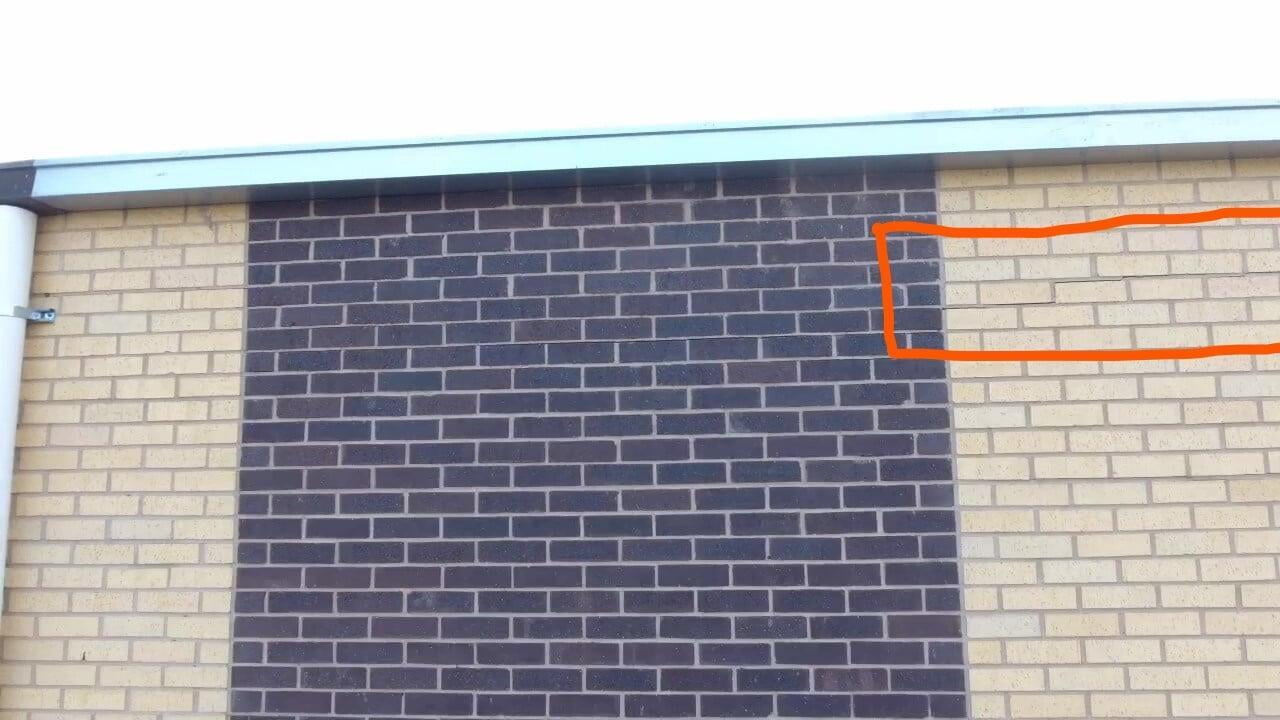Brighton AIR
Brighton Aerial Imaging Resource (AIR) is a combination of the following services:
- EMI (Envelope Maintenance Imaging) – With EMI, BSI supplies our clients with perspectives of the building envelope through ultra hi-definition video, digital images, and in some cases infrared thermographs. Weathering can slowly impact a building’s performance. The goal of EMI is to document the building envelope components through both baseline imaging and periodic imaging to help monitor the building reaction to weathering. Early detection of exterior building issues can mean a significant savings over the life of a building.
- PPI (Project Performance Imaging) – BSI offers a partnership with general contractors, developers, and property owners to document their projects’ progress through stunning 4K video and images. PPI will allow our clients to capture every aspect of their facility, new construction project, or property and use that imagery any way they want to do so. This high resolution, 4K data and information could prove to be invaluable to our clients. For general contractors, the possibility of viewing the progress of new construction from ground breaking to final turnover in 4K video allows for baseline imaging of the Site from start to finish. For property owners or facility managers, the ability to see the exterior details of their building could offer astonishing help in diagnosing some building envelope problems in the future.
Click here for more Brighton AIR Information!
Limitations and Liabilities of Drone Inspections
Keep in mind that drone inspections do come with limitations as well.
No technology is perfect, and drones are no exception. It can be difficult to capture necessary video or imagery of structures with overhangs, utility lines, phone lines, radio interference, landscaping items, or other obstructions, etc.
Drone propellers are extremely durable and operate at high speeds. Imagine a flying blender base and you will get the picture: The blades can easily slice through wood or bone. BSI is adamant about using bumper guards on our drones to minimize any structural damage.

